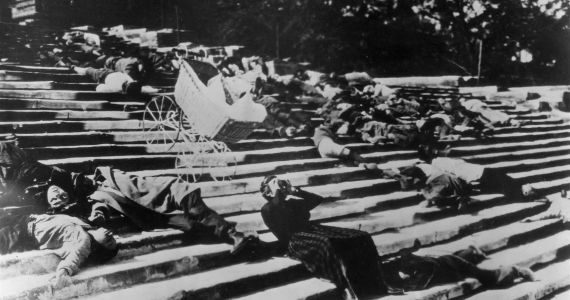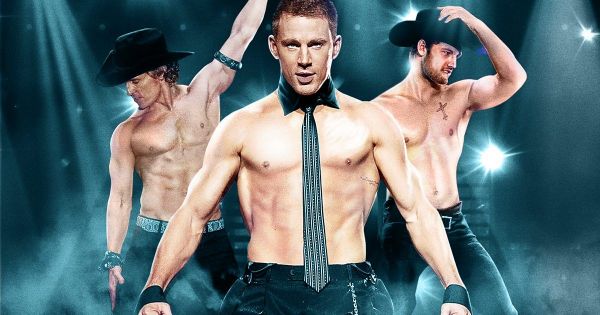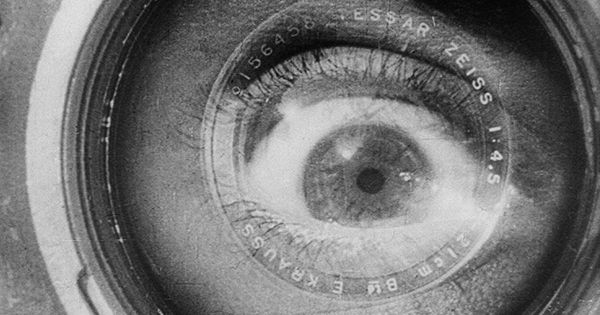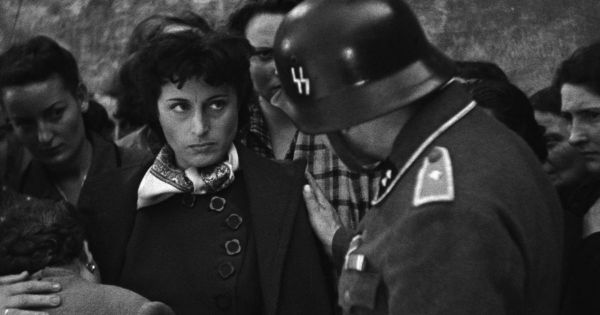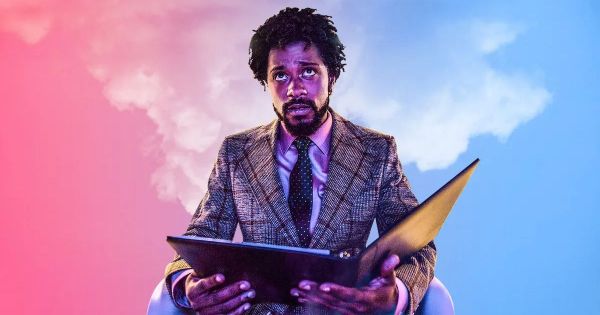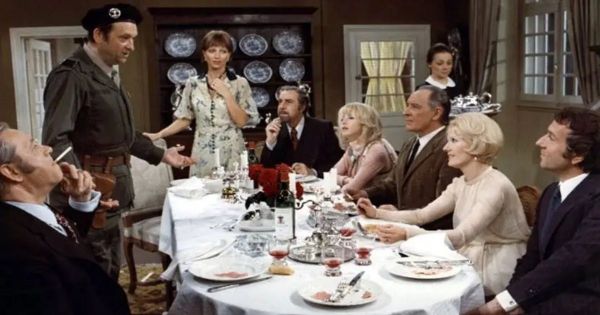Marxism and movies go back a long way. From the experimental masterpieces of Soviet filmmakers like Dziga Vertov and Sergei Eisenstein to the radical political statements of the French New Wave and the anti-establishment energy of Hollywood in the 1960s and 1970s, a love for working-class underdogs and a joy in making fun of their spoiled oppressors has been a running theme in movie history.
As the United States moves from a healthcare model based on GoFundMe to one that relies more on the kind exploitation of social media influencers, as infrastructure crumbles and social services are cut, and as a few deeply unqualified people hoard literally illogical amounts of money, now is a good time to watch these important and thought-provoking movies again.
We’ll look at a small number of these movies that show what they’re like. Some are more dogmatic than others, but they all stand up for human dignity in the face of the all-powerful dollar. Any movie fan, no matter what they believe, should watch them all.
Magic Mike
This list could include almost any Steven Soderbergh movie, from Che, his two-volume biography of Che Guevara, to Schizopolis, a crazy romp whose title comes from the early Marxist masterpiece Metropolis. The Magic Mike series, on the other hand, is where his anti-capitalist beliefs and stylishly weird style come together best.
In Magic Mike, every part of our lives, including our bodies, is turned into a product. It gets so sneaky that the characters love to do it to themselves. As we move further and further into the self-exploitation era of social media, Soderbergh’s ideas about how money corrupts look more and more like they were meant to be.
Man with a Movie Camera
Directors like Dziga Vertov, who made “Man with a Movie Camera,” used the Marxist idea of the dialectic (the tension between two opposing ideas that leads to a third, more advanced idea) to make a structure for movies that was different from what had been done on the stage before.
So, early Soviet movies like “Man with a Movie Camera” and “Battleship Potemkin” and “Strike” by Sergei Eisenstein are shockingly new. They use film language to try to reach moments that no other art form had ever reached before. Man with a Movie Camera is probably the most extreme example of this. It uses montage, which is a way of putting together images in time to create meaning without words, and it is consistently ranked as one of the best movies ever made.
Night of the Living Dead
The zombie is the perfect symbol for the mindless consumerism that drives modern capitalism. Night of the Living Dead, which George Romero made in 1968, was the first time he used this idea, and he came back to it many times after that. With their shopping mall settings, 1978’s Dawn of the Dead and Zack Snyder’s 2004 remake may be the most obvious examples of this criticism. However, his first film stands out because of its well-justified paranoia, independent production, and progressive racial politics for the time.
Rome, Open City
The main character of Roberto Rossellini’s 1946 masterpiece, Giorgio, travels through Rome to work with Resistance fighters while the Nazis are in control of the city.
Rome, Open City, like most Italian Neorealist films, focuses on the daily lives of working-class people. It shows the beauty and simplicity of their lives, even as the growing power of global capitalism makes it clearer that their miserable lives are caused by it. It makes sense that Italian directors like Rossellini and Luchino Visconti were among the first people to speak out against Fascism, since it was based on the idea that the state and corporations should work together.
Sorry to Bother You
Sorry to Bother You, Boots Riley’s first movie as a director, is a crazy, funny satire about the absurdities of modern life under the thumb of the almighty dollar. Just like with Buuel, the absurdities of modern life seem to require a more and more off-kilter way of looking at them.
When the richest person in the world asks “catturd” for political advice, the former President of the United States makes up trading cards of himself as a superhero, and many, many, many people are upset about the shoes worn by the animated version of an M&M, it’s hard to overstate how crazy things are right now. But Riley gives it his best shot by quickly making the world of his movie more and more crazy.
The Discrete Charm of the Bourgeoisie
In this surrealist movie from 1972, directed by Luis Buuel, a group of wealthy politicians try to have dinner. Buuel keeps throwing strange things into this meal, like a funeral in the back of a restaurant or a full military invasion of the character’s fancy dining room.
There was crime, violence, and revolution. In keeping with the harsh satire of the movie, Buuel once told a reporter at Newsweek that his favourite characters in the movie were the cockroaches. When you see the movie, it’s hard to disagree with him.

